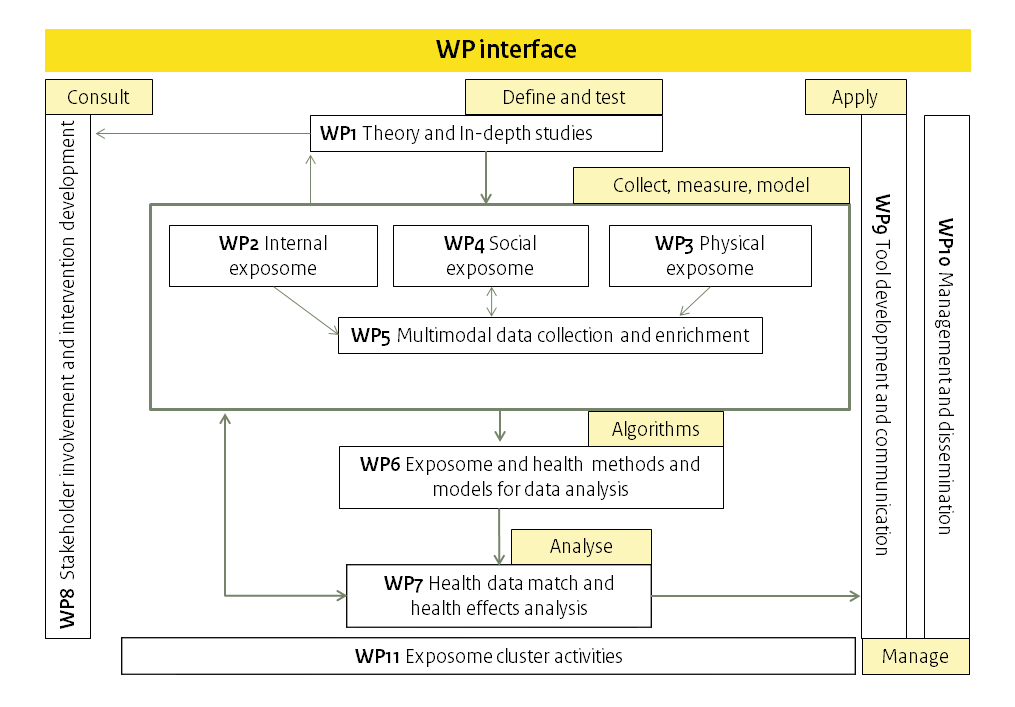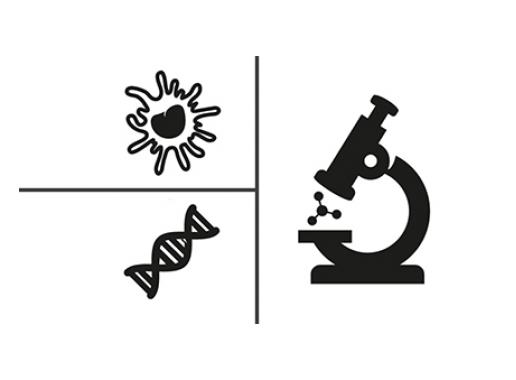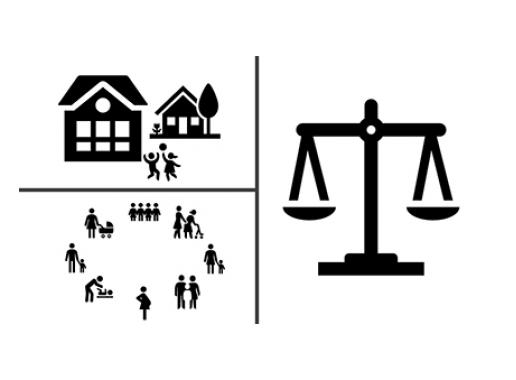Equal-Life will develop and test combined exposure data and their impact on children’s mental health and development using a novel approach to multi-modal exposures.
A combination of birth cohort data and data from school studies with new sources of exposure data will provide insight into aspects of physical and social exposures not yet investigated. Different levels of exposures and timeframes will be investigated while accounting for the differences in the distribution of exposures in social groups based on gender, ethnicity and social vulnerability.
The work in Equal-Life will be done in twelve work packages (WPs). An overview of the interconnection between these WPs is shown in the overview below. Also, details on each WPs can be found by clicking on pictures below.


